Tax Clearance Certificate
Process of Getting Tax Clearance in Nepal :
Maintain Updated Financial Records
- Ensure all financial transactions, tax payments, and filings are properly recorded.
- Verify that VAT, income tax, and any other applicable taxes have been paid on time.
File Tax Returns
- Businesses must file their annual tax returns with the Inland Revenue Department (IRD) or respective tax offices.
- The tax return should include income statements, balance sheets, VAT filings, and other necessary documents.
Submit Tax Clearance Application
- Prepare and submit a tax clearance application to the IRD or the local tax office.
- The application should include PAN (Permanent Account Number), business details, and proof of previous tax payments, Local Ward renewal bill, Salary and Other expenses ETDS .
Review by Tax Authorities
- The tax office will review the submitted tax documents and verify whether all dues are cleared.
- If there are discrepancies or unpaid amounts, the applicant will be notified to make necessary corrections or payments.
Payment of Pending Dues (if any)
- If the tax office finds any outstanding dues, they must be settled before clearance can be granted.
- Any penalties or interest on late payments should also be cleared.
Issuance of Tax Clearance Certificate
- Once all dues are settled and documents verified, the IRD issues a Tax Clearance Certificate.
- This certificate serves as proof of tax compliance and is valid for a specific period.
Renewal (If Required)
- Tax clearance certificates may need to be renewed annually, depending on legal and business requirements.
- Businesses must stay updated with tax regulations to avoid penalties or delays in future clearances.
